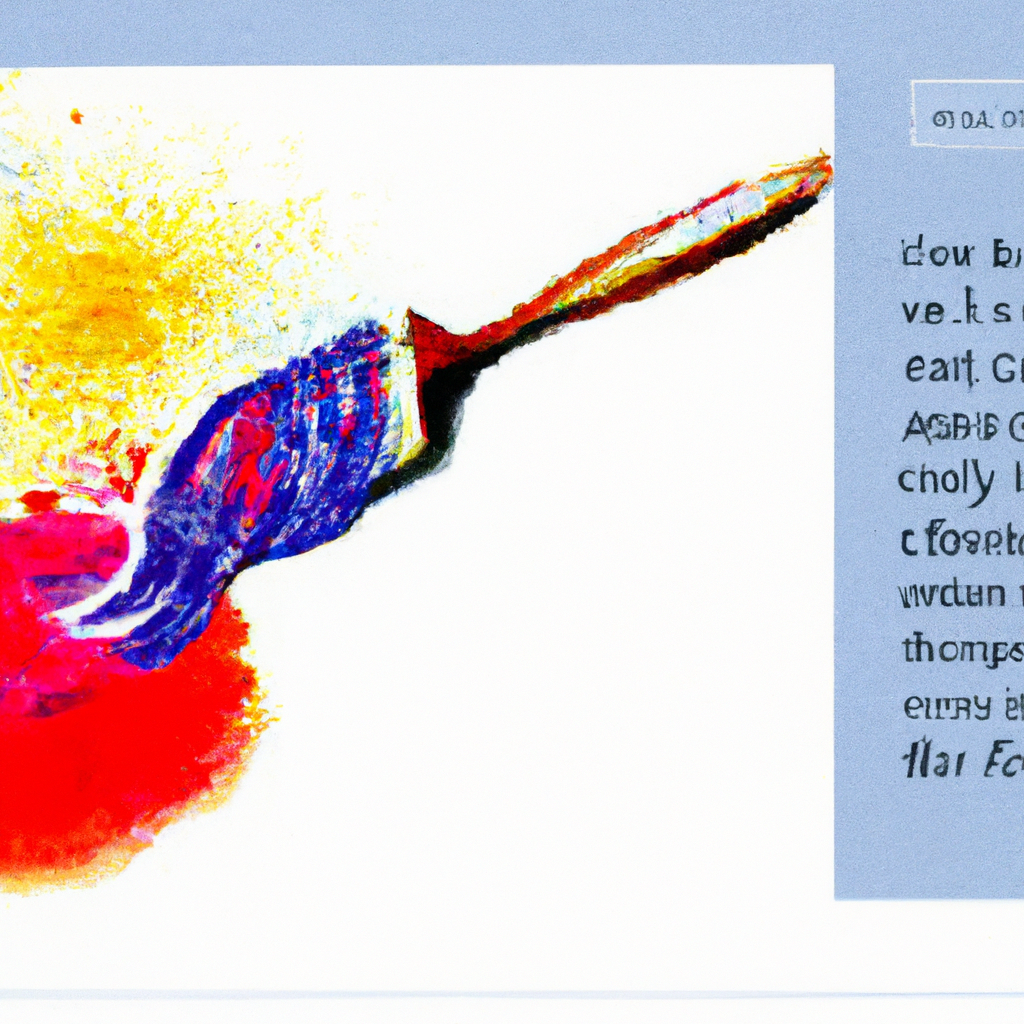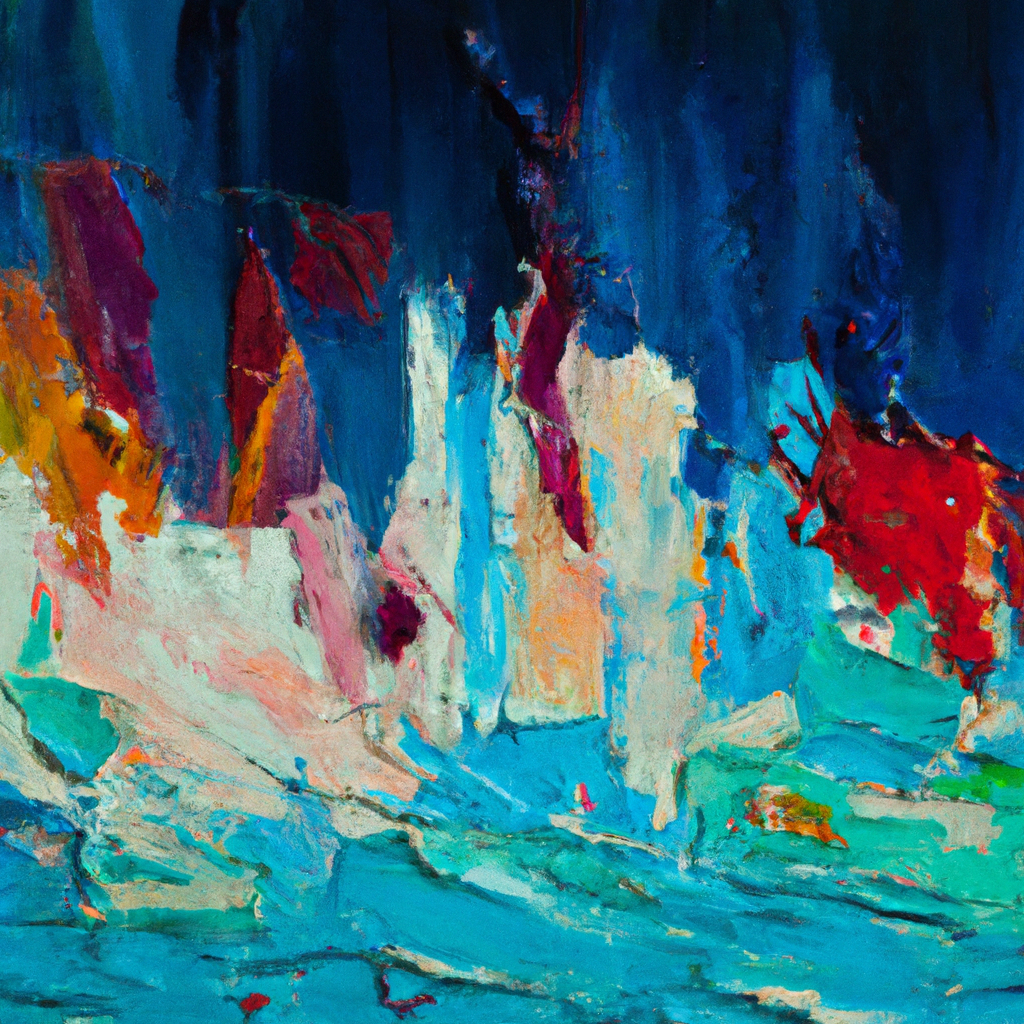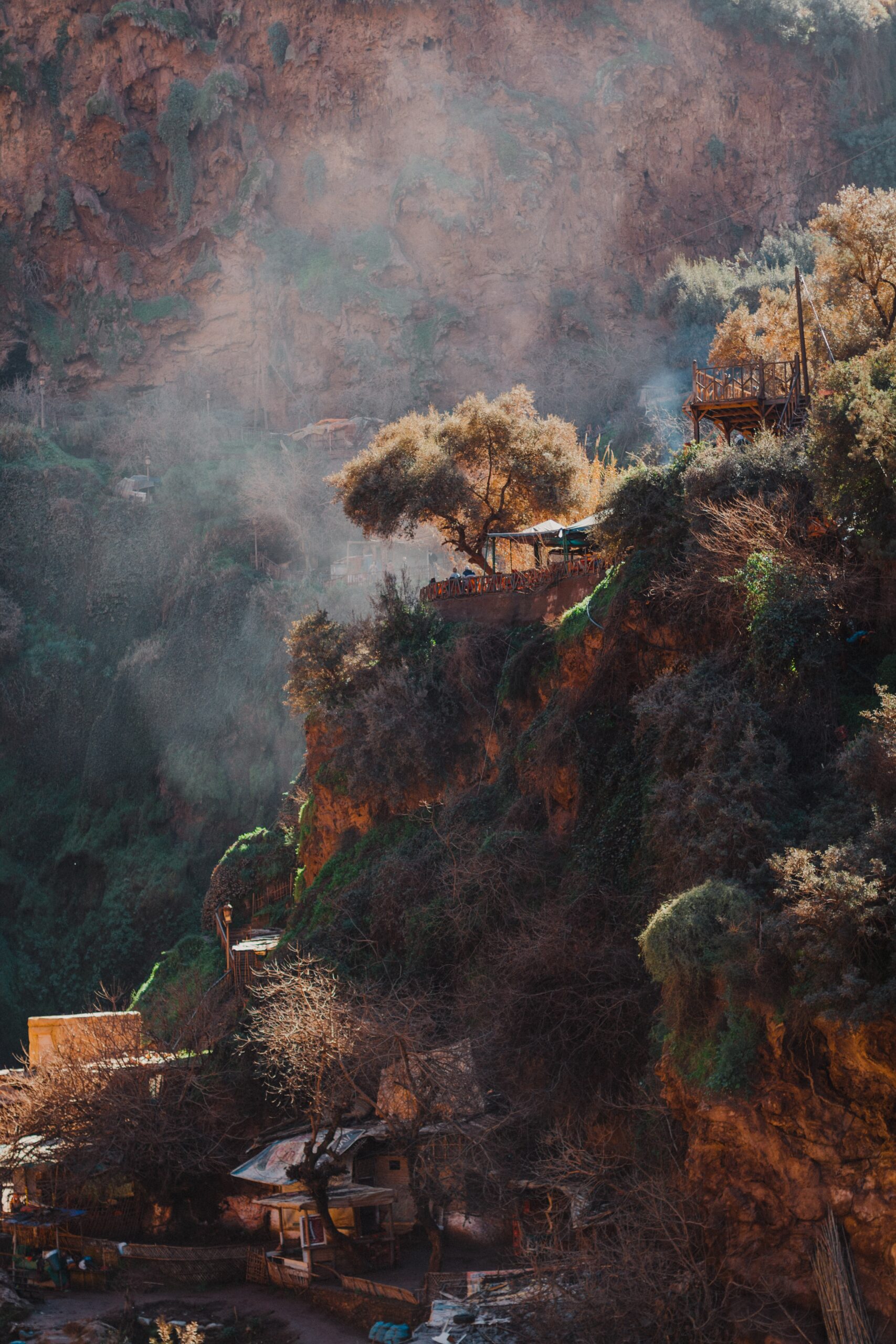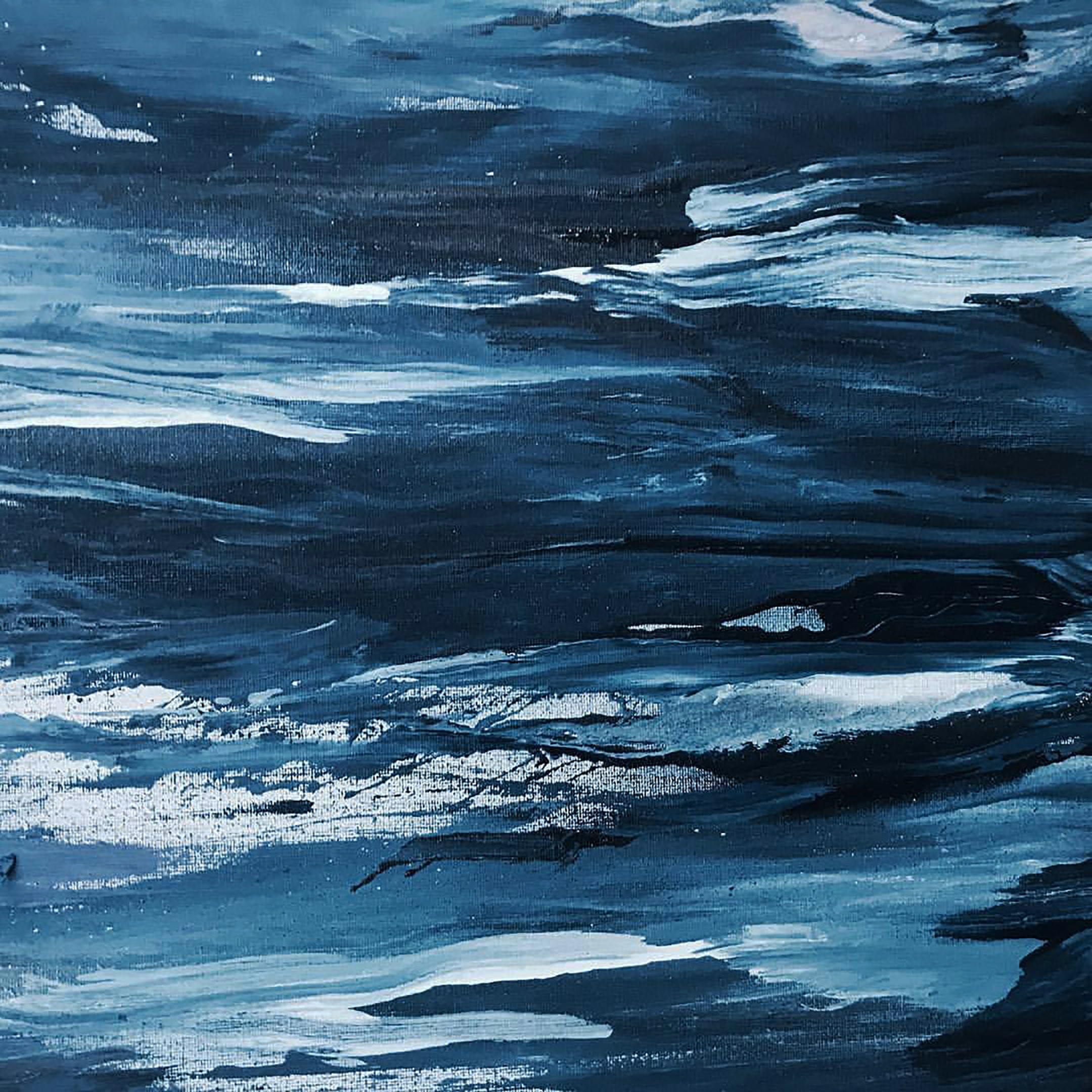In the realm of art mediums, the interaction between different materials is of utmost importance. The question that often arises is whether the rich textures and vibrant pigments of gouache can gracefully coexist with the smooth, glossy finish of oil paints. As an artist seeking to push the boundaries of your creativity, the time has come to explore the fascinating possibilities that emerge when oil and gouache collide. But before venturing into uncharted territory, it is crucial to understand the compatibility and potential challenges that may arise when attempting to paint oil over gouache. This article unravels the mysteries surrounding this artistic endeavor, providing you with insights and guidance to navigate this unique fusion of mediums successfully.
Can You Paint Oil Over Gouache?

This image is property of images.unsplash.com.
Understanding Gouache and Oil Paint
Gouache and oil paint are two different mediums used by artists to create artwork. Each medium has its own unique properties and characteristics, making them suitable for various techniques and styles. Before considering whether it is possible to paint oil over gouache, it is essential to have a clear understanding of the properties and differences between these two mediums.
Differences Between Gouache and Oil Paint
Drying Time
One significant difference between gouache and oil paint is their drying time. Gouache is known for its fast-drying nature, which allows artists to layer colors and achieve quick results. On the other hand, oil paint has a considerably slower drying time, often taking several days or even weeks to fully dry. The difference in drying time can impact the way the two mediums interact with each other.
Opacity
Gouache is known for its high opacity, meaning it covers the underlying layers effectively. This property makes it ideal for artists who prefer a solid, flat color application. Oil paint, on the other hand, can vary in opacity, allowing artists to create transparent glazes or build up multiple layers to achieve desired effects.
Mixing and Blending
Gouache and oil paint also differ in their mixing and blending properties. Gouache can be easily reactivated with water, allowing artists to blend and create gradients effortlessly. In contrast, oil paint requires the use of solvents such as turpentine or mineral spirits for blending. The unique characteristics of each medium influence the techniques and methods used during the painting process.
Color Range
Another noticeable difference between gouache and oil paint is the range of colors available. Gouache typically offers a more limited color range compared to oil paint, which has a vast selection of colors available in various shades, tones, and intensities. The broader color range of oil paint allows artists to achieve a more extensive array of effects and nuances in their artwork.
Application Techniques
The application techniques used for gouache and oil paint also differ. Gouache is commonly applied with a brush, using thick strokes to achieve a solid, matte appearance. Oil paint, on the other hand, can be applied using brushes, palette knives, or even fingers, allowing for a range of textures and effects. The versatility of oil paint in terms of application techniques gives artists greater freedom in expressing their artistic vision.

This image is property of images.unsplash.com.
Considerations Before Using Oil Over Gouache
Compatibility of Gouache and Oil Paint
Before attempting to paint oil over gouache, it is crucial to consider the compatibility of these two mediums. Gouache is a water-based paint, while oil paint is a solvent-based medium. Mixing water-based and solvent-based paints can lead to potential issues, such as cracking, peeling, or adhesion problems. It is advisable to perform thorough testing and experimentation before applying oil paint over gouache.
Surface Preparation
Proper surface preparation is essential when working with gouache and oil paint together. gouache typically adheres well to various surfaces such as paper, canvas, or illustration board. However, it is crucial to ensure that the gouache layer is completely dry before applying oil paint over it. Additionally, preparing the surface with a suitable primer can improve the adhesion of both gouache and oil paint.
Testing Techniques
To ensure the compatibility of gouache and oil paint, it is recommended to conduct testing techniques before creating a final artwork. This involves creating small samples using the desired techniques and materials and observing how the two mediums interact. Pay close attention to factors such as drying time, adhesion, and overall appearance to determine the success of combining these mediums.
Working in Layers
When using oil paint over gouache, it is essential to consider the layering process. Gouache dries quickly and forms a solid, matte surface. Applying oil paint over a dry gouache layer requires careful consideration of the drying time and the impact of the oil paint layer on the underlying gouache. Working in transparent or semi-transparent layers of oil paint over gouache can help maintain the integrity of the original gouache layer.
Adhesion and Longevity
Ensuring proper adhesion and longevity of the artwork is crucial when combining gouache and oil paint. It is advisable to use professional-grade materials and follow standard practices for preserving artwork. Protecting the painting with a suitable varnish or fixative can help maintain the integrity of both the gouache and oil paint layers.
Sealing Gouache Before Applying Oil
To reduce potential compatibility issues between gouache and oil paint, it may be beneficial to seal the gouache layer before applying oil paint. This can be achieved by using fixatives or spray varnish to create a protective layer over the gouache. Sealing the gouache layer can help prevent any adverse reactions between the water-based gouache and solvent-based oil paint.
In conclusion, while it is technically possible to paint oil over gouache, there are several factors to consider before attempting this combination. Understanding the properties and differences between gouache and oil paint, as well as conducting thorough testing and surface preparation, is crucial for achieving successful results. By following best practices and considering the compatibility of these two mediums, artists can explore the unique possibilities that arise from combining gouache and oil paint in their artwork.

This image is property of images.unsplash.com.



